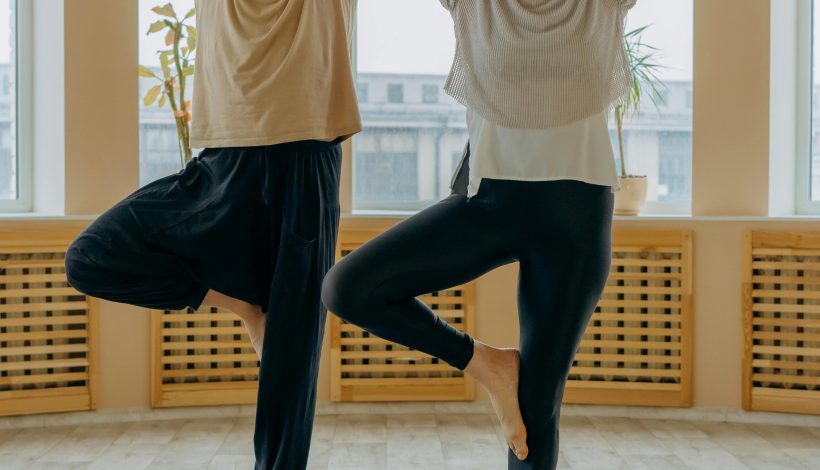Maintaining balance is something most of us take for granted — until we lose it. As we age or recover from injury, our balance and coordination can weaken, increasing the risk of falls and related injuries. Balance is not just about standing upright; it’s a complex interaction between the brain, muscles, joints, and inner ear. The good news is that with intentional movement and simple exercises, balance can be improved at any age.
Regular balance training helps strengthen the core, improve coordination, and enhance overall body awareness. These benefits go far beyond fall prevention — they also contribute to better posture, confidence in movement, and reduced muscle tension. For those recovering from injury or dealing with chronic conditions, consistent balance work can be an important part of rehabilitation and long-term wellness.
One effective exercise to start with is the heel-to-toe walk. This simple movement trains your brain and muscles to work together. Begin by standing tall, placing one foot directly in front of the other as if walking on a straight line. Focus your eyes on a fixed point ahead to maintain stability. Aim for 10–15 steps at a time, pausing to rest if needed.
Another helpful exercise is the single-leg stand. Hold onto a sturdy chair or counter for support, lift one foot slightly off the ground, and balance on the other leg for 10–15 seconds. Switch sides and repeat several times. As your confidence builds, try it without holding on — or close your eyes to challenge your balance further. This strengthens stabilizing muscles in your hips, legs, and core.
Chair squats are another great way to build lower-body strength. Sit on the edge of a sturdy chair, stand up slowly, then lower back down with control. Repeat this motion 10–12 times, focusing on using your leg and core muscles rather than momentum. Stronger legs and hips provide the foundation for better stability and reduce fall risk in daily activities.
Incorporating gentle movement practices like tai chi or yoga can also make a big difference. These activities emphasize slow, intentional movement and controlled breathing, which enhance both balance and mindfulness. Even a few minutes a day can improve coordination, muscle control, and confidence.
Patient Perspective:
Improving balance doesn’t have to be overwhelming or time-consuming. A few minutes of daily practice can increase your stability, confidence, and independence. Always perform exercises safely, using support when needed, and talk with your healthcare provider before starting a new routine — especially if you have a history of falls or injuries.
Nursing Perspective:
Nurses and rehabilitation professionals can play a key role in fall prevention education. Encouraging patients to incorporate simple balance exercises into their daily routine helps reduce injury risk and promotes long-term mobility. Education and empowerment are critical tools in preventing avoidable hospitalizations and maintaining quality of life.
Tip to Try This Week:
Choose one balance exercise — heel-to-toe walk, single-leg stand, or chair squats — and practice it for 5 minutes each day. Small, consistent efforts lead to measurable improvements in strength and stability over time.
Written by Rosie Moore, DNP, RN, LNC, BC-FMP

